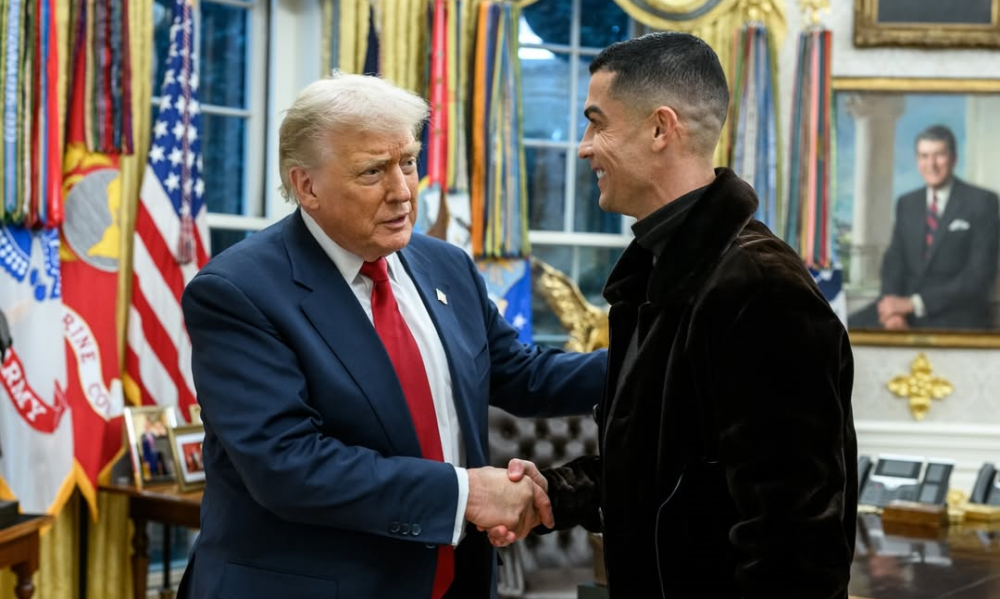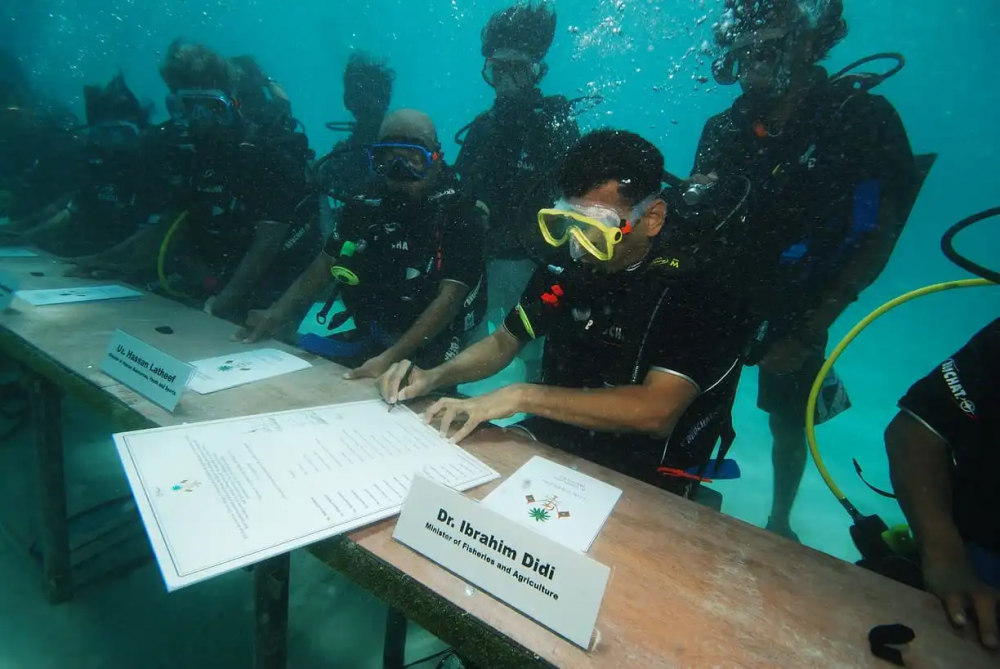In the heart of October 1934, the quaint Australian town of Albury was stirred from its slumber by an unexpected visitor. It wasn't just any plane buzzing overhead; it was a KLM DC-2, and its presence sent shivers through the town's residents.
This aircraft, part of the historic MacRobertson Air Race, had traversed three continents, from England to the Australian outback, a staggering 18,000 kilometers. However, the finish line was tantalizingly close, just 200 kilometers away, and the race was about to take an exhilarating twist.
The Birth of the MacRobertson Air Race
The 1934 MacRobertson Air Race was the brainchild of Sir Harold Gengoult Smith, the Lord Mayor of Melbourne, Australia. This ambitious event aimed to place Melbourne on the global stage, boost the spirits of a nation grappling with the Great Depression, and propel advances in commercial air travel.
In an era of remarkable technological progress, this race symbolized the dream of making worldwide air travel accessible and turning distant Australia into a part of the greater world.
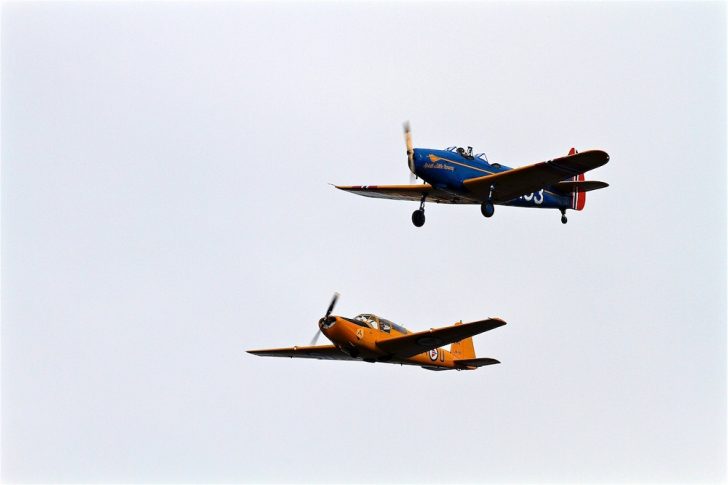
Inge Wallumrød/ Pexels | In an era of remarkable technological progress, this race symbolized the dream of making worldwide air travel accessible
The race was generously sponsored by philanthropist Sir Macpherson Robertson, under the condition that it bear his company's name, MacRobertson Confectionary, and prioritize safety. The British Royal Aero Club organized the race with surprisingly simple rules: pilots from any country could participate, no aircraft size or power restrictions, and a fixed route with designated stops across three continents.
A Dazzling Cast of Aviators
The race attracted a stellar lineup of aviation legends. Jim and Amy Mollison, known as the "Flying Sweethearts," were early favorites, boasting an impressive record of solo flights worldwide. Other notable Commonwealth competitors included Captain Tom Campbell Black, Flight Lieutenant Charles Wilson Scott, and Sir Charles Kingsford Smith, the first pilot to fly across the Pacific Ocean.
The youngest competitor, 21-year-old Jimmy Melrose, aimed to make history with a record-breaking solo flight. However, most participants were American, with legendary aviators like Roscoe Turner, Clyde Pangborn, Wiley Post, and Jacqueline Cochran joining the competition.
The Race for Glory
Before the race, the American aircraft dominated the skies. Boeing 247 and Douglas DC-2 were the hot favorites. The KLM DC-2, named "Uiver" or "Stork," was a dark horse. Crewed by Captain Koene Parmentier and First Officer Johannes Moll, Uiver was a commercial flight with passengers and mail, yet it quickly became the favorite to win.
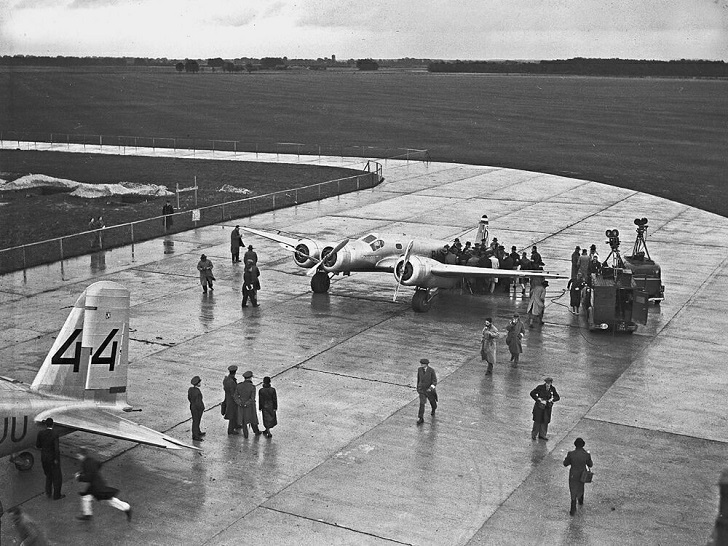
Tom Wigley/ Flickr | The Royal Aero Club put some effort into persuading the countries along the route to improve facilities at the stopping points
A twist of fate occurred when De Havilland Aircraft announced a new plane, the DH.88 Comet, explicitly built for the race. Jim and Amy Mollison, O. Cathcart Jones, and K.F. Waller all ordered Comets, shifting the dynamics of the race.
The Treacherous Journey Begins
The race took off on October 20, 1934, with 60,000 spectators at RAF Mildenhall. Jim and Amy Mollison's Black Magic initially led, but Uiver emerged as a formidable contender. Despite additional stops, Uiver landed in Baghdad, just 8 hours behind Black Magic, struggling with engine issues due to low-grade fuel.
The race turned into a three-way battle between Uiver, Warner Brothers Comet, and Grosvenor House, with its 3,300-kilometer leg across the treacherous Timor Sea being a critical juncture.
A Heroic Landing in Albury
During a storm, Uiver lost radio contact and found itself over Albury. Following the race closely on their radios, the townsfolk sprang into action. They signaled Uiver with Morse Code and turned the local racecourse into an improvised runway.
Captain Parmentier successfully landed Uiver in the early hours of October 24, 1934, amid muddy conditions. Albury's residents displayed incredible teamwork, helping Uiver take off again after stripping it of non-essential items. Uiver eventually secured second place in the race.
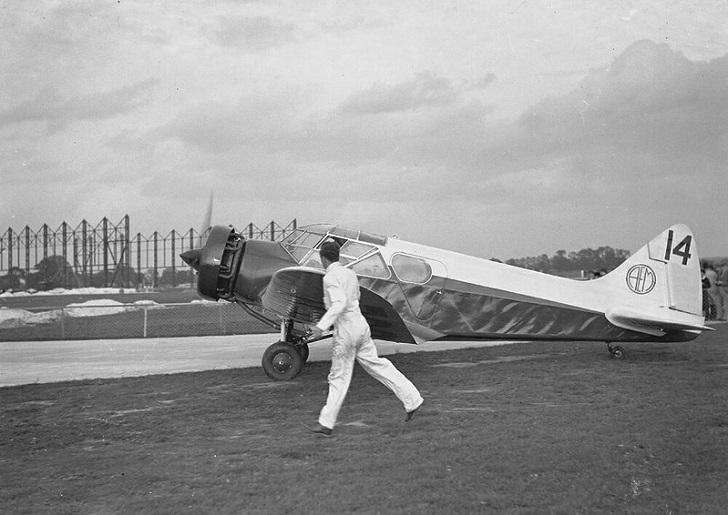
Tom Wigley/ Flickr | The MacRobertson Air Race was a resounding success
The Enduring Legacy
The MacRobertson Air Race was a resounding success, showcasing the potential of long-range air travel. It sparked global enthusiasm for aviation and laid the foundation for today's thriving airline industry.
In a post-race radio address, Sir Macpherson Robertson eloquently summarized the event's significance: "Never in the history of aviation has there been such a line-up of aviators, and never in the history of the world has there been such an aerial contest." The 1934 MacRobertson Air Race indeed left an indelible mark on the world of aviation.


